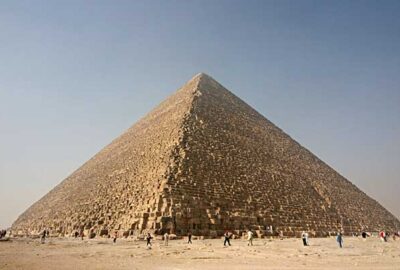The texts and illustrations of the Book of the Dead have survived for thousands of years, but their preservation was not without challenges.
The texts and illustrations in the Book of the Dead were primarily written on papyrus scrolls, which were delicate and easily damaged by the passage of time. To prevent the scrolls from deteriorating, they were often placed in tombs alongside the deceased, where they were exposed to moisture, heat, and other environmental factors that could cause them to decay.
Despite the challenges of preservation, many of the texts and illustrations in the Book of the Dead have survived to the present day thanks to the dedication of Egyptian scribes and modern-day conservationists. The scribes who created the original texts and illustrations were highly skilled and took great care in their work, using high-quality materials and techniques to ensure the longevity of their creations.
In modern times, conservationists have used a variety of techniques to preserve the texts and illustrations in the Book of the Dead. These techniques include the use of special chemicals to treat the papyrus, the application of protective coatings, and the use of controlled environments to limit exposure to damaging environmental factors.
Despite these efforts, the preservation of the Book of the Dead remains an ongoing challenge. The delicate nature of the papyrus scrolls and the many environmental factors that can cause damage mean that constant vigilance and care are necessary to ensure that these priceless artifacts are preserved for future generations to enjoy and learn from.



